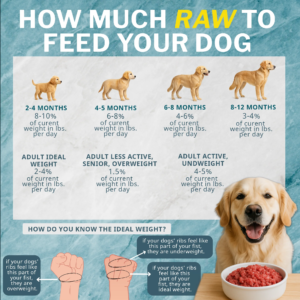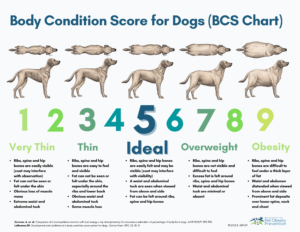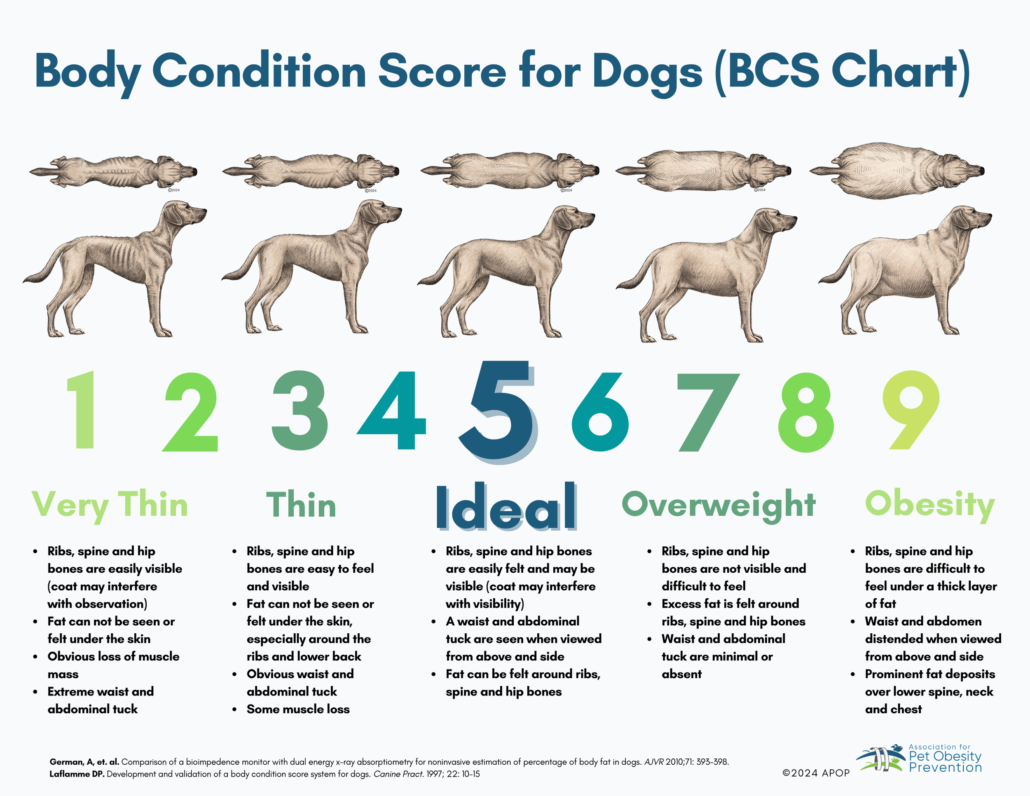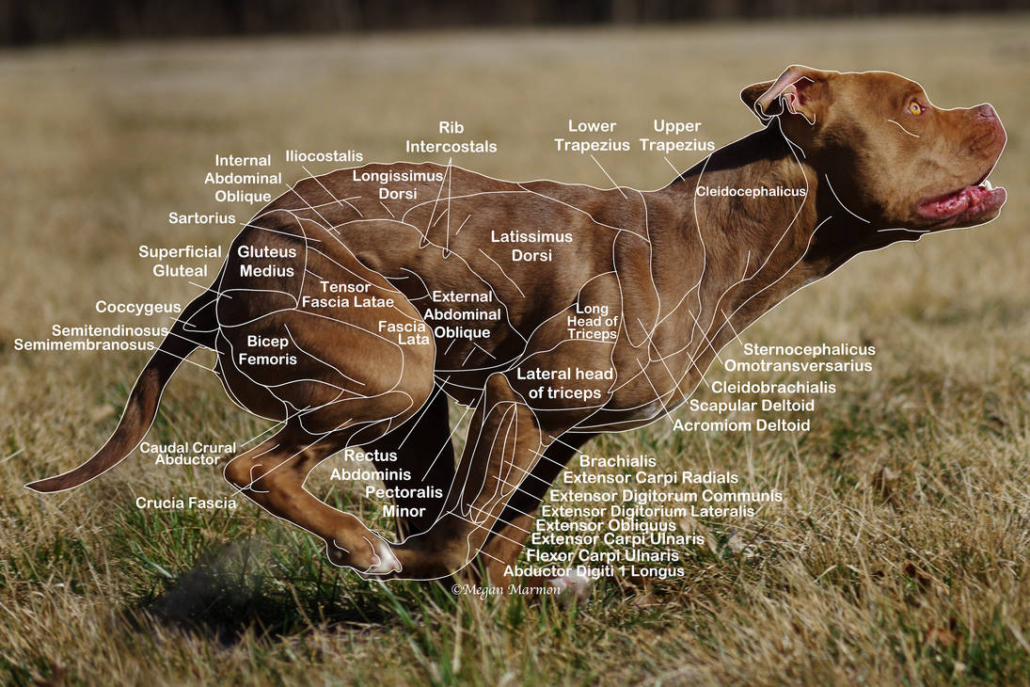NUTRITION & DIET
We understand that not everyone has the time or patience to maintain a raw feeding routine. At Bulletproof Pitbulls, we do feed kibble occasionally—mainly for convenience and to help test how a dog’s stomach handles different ingredients or potential allergens.
That said, I strongly prefer the results I see in raw-fed dogs. Once you get the hang of it, feeding raw isn’t complicated, and the benefits speak for themselves. Dogs on a raw diet learn to chew their food properly, which in turn reduces the risk of them swallowing foreign objects. In my experience, that risk has been zero with raw-fed dogs.
Kibble-fed dogs, on the other hand, tend to swallow without chewing, which can lead to them inhaling or gulping down things they shouldn’t. Teaching dogs to chew is one of the overlooked advantages of feeding raw. I start this early by giving puppies whole chickens to encourage proper chewing habits.
Our dogs also learn to eat politely from a bowl without dragging food around. It can be a bit discouraging at first, but with consistency, it’s an easy habit to train.
What Is a Raw Diet?
If you’ve spent any time in dog forums or Facebook groups, you’ve probably heard the phrase “raw feeding.” And depending on who you talk to, it’s either a miracle cure for every canine problem under the sun — or a dangerous fad that will turn your dog into a wild animal overnight.
The truth? Neither extreme is true. A raw diet isn’t magic, and it won’t make your dog immortal. But it also won’t turn your loyal companion into Cujo. From personal experience, I can confidently say that switching my dogs to a balanced raw diet has been one of the best decisions I’ve ever made for their health and overall performance.
The Basics of Raw Feeding
A raw diet is based primarily on uncooked meat. There are many styles of feeding raw, and dog owners can get pretty passionate about their preferred methods. Some feed ground meat with supplements, while others offer whole prey — bones, organs, fur, and all.
Generally, raw diets fall into two categories:
-
Commercial Raw Diets – Pre-packaged and pre-balanced products (brands like Stella & Chewy’s or Vital Essentials). They’re convenient but can be expensive and harder to source.
-
Homemade Raw Diets – Prepared and balanced by the owner. These require more research and effort but can be tailored to your dog and are often more affordable long-term.
The Two Main Raw Feeding Models
There are two common approaches to homemade raw feeding:
-
BARF (Biologically Appropriate Raw Food) – Focuses on raw meaty bones, organs, and a mix of vegetables. Typically uses a 60% raw meaty bone to 40% veggie ratio.
-
Prey Model Raw (PMR) – Mimics what a dog might eat in the wild, using about 80% muscle meat, 10% bone, 5% liver, and 5% other secreting organs. Vegetables and grains are usually excluded.
In practice, many feeders blend the two. What matters most is variety, balance, and consistency — not strict labels.
Why Feed Raw?
While it’s not a cure-all, raw feeding can offer several noticeable benefits:
-
Cleaner teeth and fresher breath
-
Smaller, less frequent stools
-
Healthier skin and coat
-
Increased energy and muscle tone
-
Better digestion and fewer allergy issues
But again, it’s not magic. Raw-fed dogs can still develop common health issues, and not every dog will respond the same way. Like any diet, results depend on quality, balance, and how well it fits your dog’s individual needs.
Getting Started
Before you make the switch, build a support system — whether that’s your vet, a knowledgeable raw feeding group, or an experienced mentor. The biggest mistake beginners make is feeding unbalanced meals.
Start with one protein source (usually chicken or turkey), and introduce new proteins slowly. If you can’t go 100% raw right away, that’s fine — even adding raw meaty bones once a week can make a difference. Remember: some raw is better than none.
Key Ratios to Remember
For a balanced diet, follow these general guidelines:
-
80% muscle meat
-
10% bone
-
5% liver
-
5% other secreting organ
Feed roughly 2–3% of your dog’s ideal adult body weight per day, adjusting as needed for activity level and metabolism.
Supplements like omega-3 fish oil and digestive enzymes can help fill nutritional gaps and ease the transition.
The Bulletproof Approach
At Bulletproof Pitbulls, we believe in real-world practicality. Not everyone can feed 100% raw all the time — and that’s okay. We balance raw feeding with kibble when needed to test tolerance and convenience, but we always aim for what’s best for the individual dog.
When done right, raw feeding teaches dogs to chew, builds stronger jaws, supports gut health, and gives you more control over what’s going into your dog’s body.
Raw isn’t complicated once you learn the rhythm — it’s just natural.






